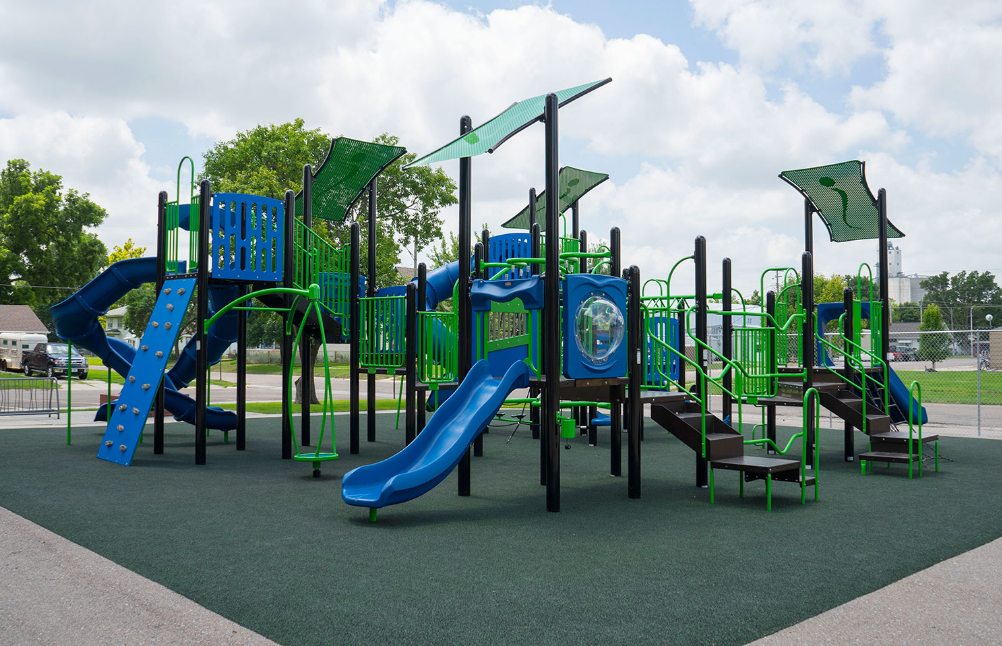Recent technological advances and innovative techniques have transformed the disaster restoration field. These new methods not only enhance the effectiveness and efficiency of restoration efforts but also the overall recovery for those affected. This article explores a few of the most important innovations shaping the industry.
Advanced Detection & Analysis Tools
The development of sophisticated detection, assessment, and restoration tools is one of disaster restoration’s most important advancements. Assessment of the damage caused by a natural disaster is a difficult and laborious process. Modern technology has made this process faster and more accurate.
- Airborne Imaging: Drones that are equipped with thermal imaging cameras and high-resolution cameras have revolutionized damage assessment. These unmanned aerial devices can quickly survey large regions, providing detailed maps and images to help identify structural issues, water intrusions, and other issues not visible to the naked eye. This rapid assessment helps restoration teams prioritize their efforts and create more effective action planning .
- Scanners And 3D Images: In the disaster restoration industry, 3D imaging has become a game changer. Advanced 3D scans can create accurate and detailed models of damaged buildings, which allows restoration professionals to visualize the extent of the damage and plan repair with precision. These models allow restoration professionals to monitor progress, communicate with other stakeholders, and make sure that the restoration effort is going well.
Innovative Drying Techniques
Water damage, whether from flooding or fires, is a frequent and severe result of many disasters. The drying process can be very slow and not always effective in preventing mold and secondary issues. However, new techniques of drying are significantly improving results.
- Using Desiccants for Dehumidification: Using desiccants is a better way to dry the air than other methods. These dehumidifiers have a high drying rate and are effective even in low temperatures.
- Injectidry Systems: Injectidry systems inject dry, filtered air directly into structural components such as walls, floors, and ceilings using small, targeted hoses. This method allows you to dry areas that are hard to reach and reduces the chance of mold growth or structural damage.
Advanced Mold Remediation
Mold growth in disaster restoration can lead to long-term problems with health and cause further structural damage. Innovative mold remediation techniques are helping to combat this problem.
- Drizzle Blasting: Drizzle blasting is an eco-friendly and highly efficient method to remove mold. The technique involves using compressed air to propel pellets of dry ice in high-speeds, which effectively blasts away mold without needing harsh chemicals. Dry ice turns directly into gas when it hits the surface, so there is no need for harsh chemicals.
- Electrical Spraying: Electric sprayers spray a positively charged disinfectant solution on surfaces. The solution adheres uniformly to the surface and ensures thorough coverage. This method works well in difficult-to-reach environments.
Data-Driven Reconstruction
A new and exciting development is the integration of data analytics with real-time monitoring for disaster restoration. These technologies empower restoration professionals by allowing them to make informed choices and optimize efforts.
- Systems of Remote Monitoring: Remote monitoring uses sensors to track different environmental conditions like temperature, humidity, or air quality in real time. This data can be transmitted to central systems, allowing restoration crews to monitor their progress and adjust strategies as necessary. To prevent mold growth, for instance, if humidity remains high in a certain area, further dehumidification may be required.
- A Predictive Analysis: A Predictive analysis uses machine learning algorithms, historical data to forecast issues and make proactive recommendations. By analyzing patterns, trends and other data, these systems are able to assist restoration companies in anticipating problems before they occur, resulting in more efficient and effective intervention.
Green Restoration Practices
The importance of sustainability in disaster restoration is growing, and eco-friendly methods and materials are becoming increasingly popular.
- Biodegradable Cleaners: Traditional Cleaning Agents can be harmful to the environment and to human health. Biodegradable cleaning agents are a better, safer, and more sustainable option. They dissolve naturally without leaving residues.
- Sustainable and Recycled Materials: The use of sustainable and recycled materials in restoration helps reduce waste. Reclaimed materials such as wood and insulation are becoming increasingly popular, contributing to sustainable restoration efforts.
Conclusion
Disaster restoration services professionals are experiencing rapid innovation. New technologies, techniques and practices have revolutionized the way they respond to and recover after disasters. Advanced detection and assessment tools, data-driven restoration, green practices and innovative drying techniques are all cutting-edge technologies that improve the efficiency, efficacy and sustainability in disaster restoration efforts.



